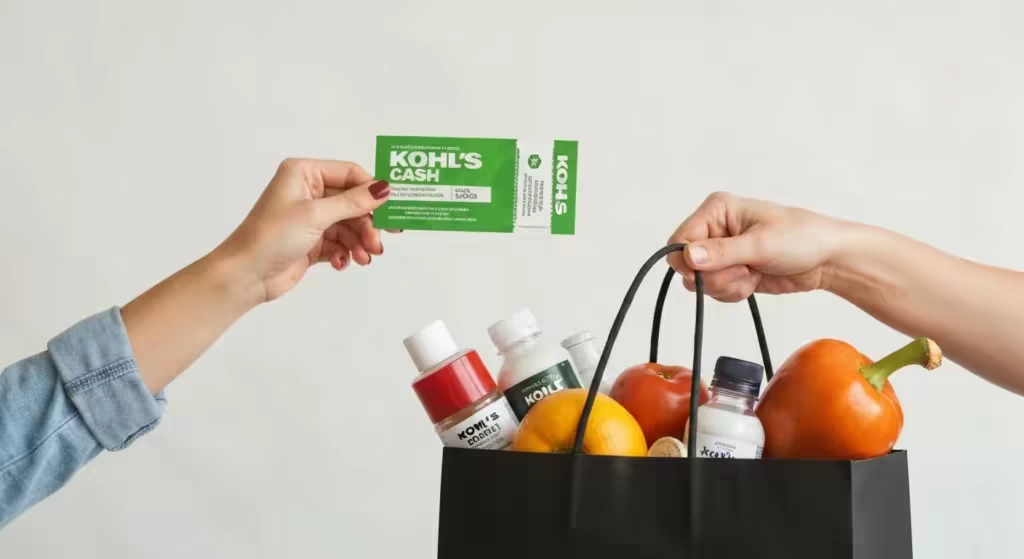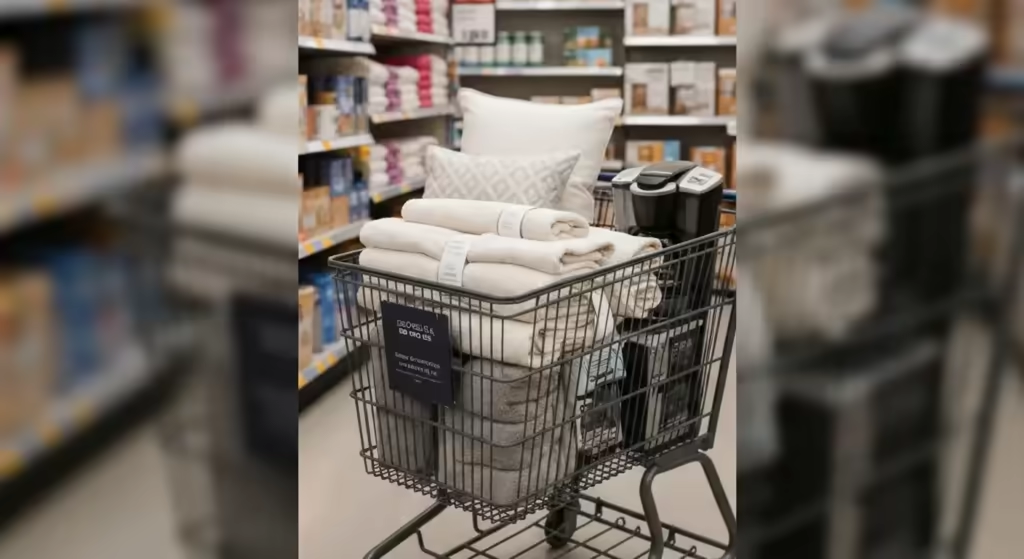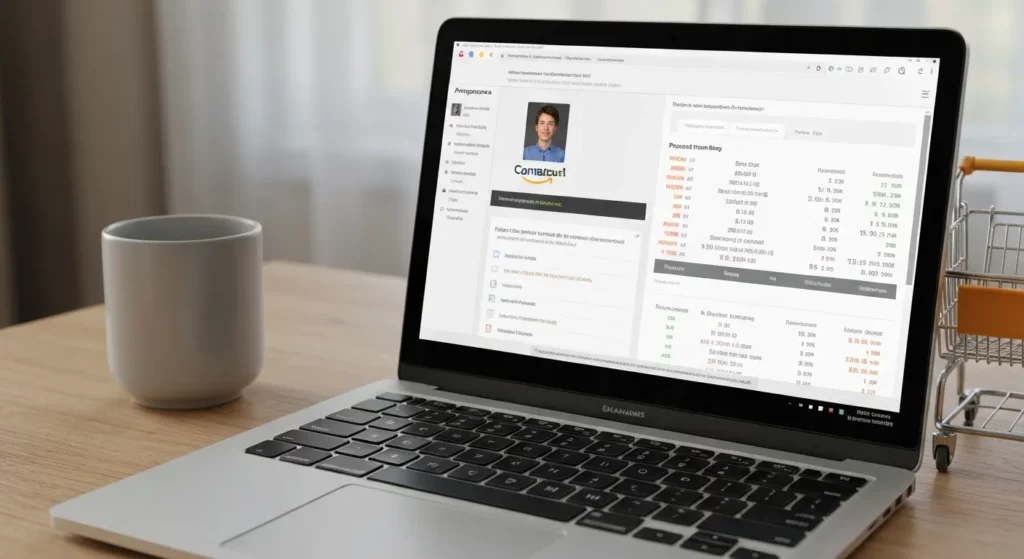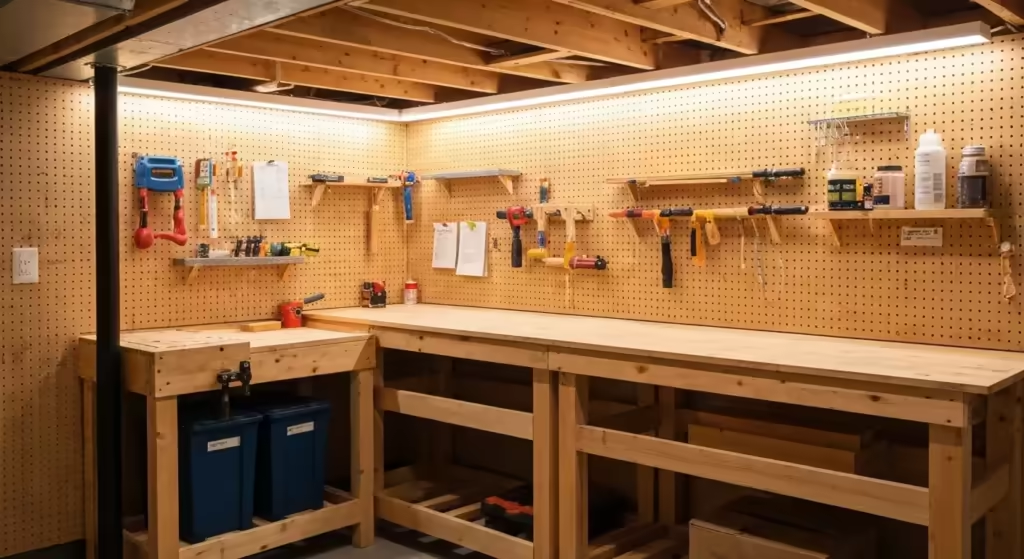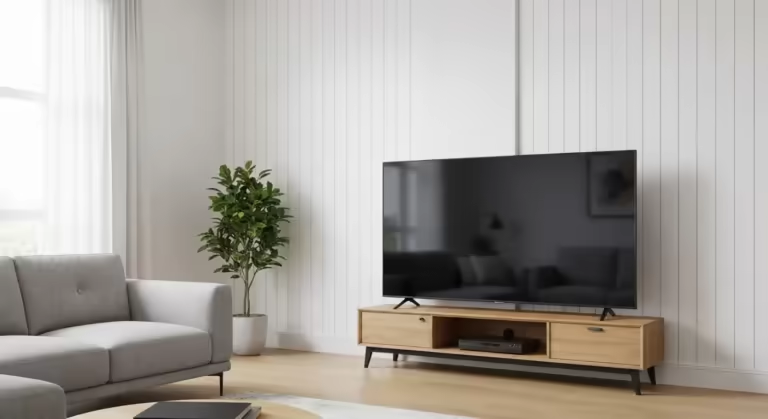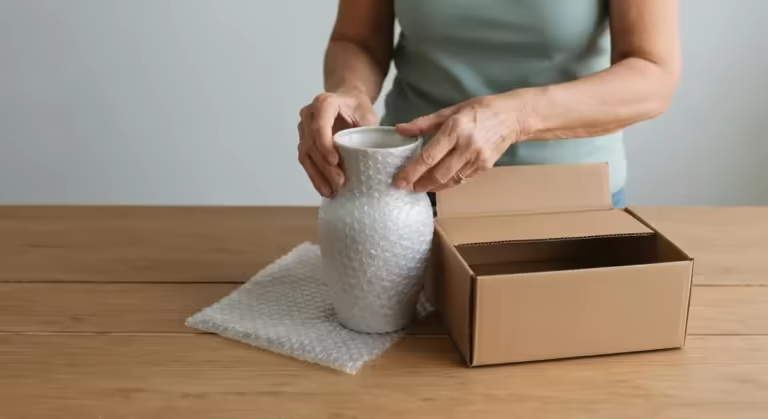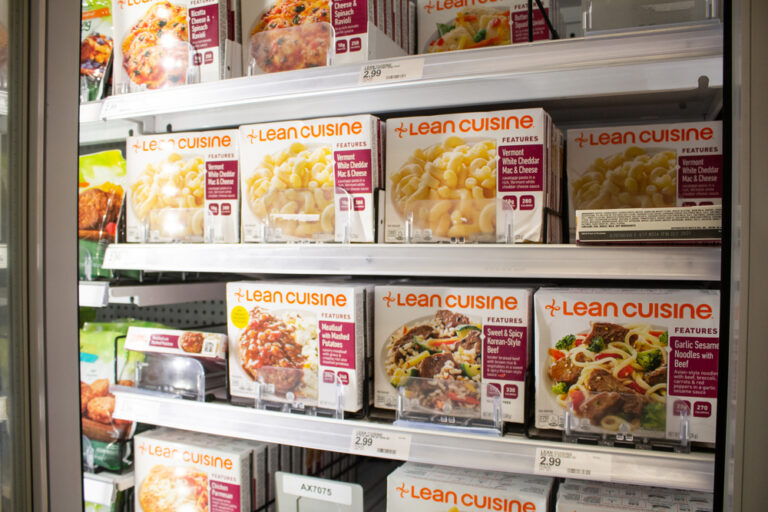I still remember the exact moment the floor fell out from under me. It wasn’t a dramatic event, no sudden catastrophe. It was a quiet Tuesday afternoon. My husband, Robert, and I were sitting at our kitchen table, a pile of mail between us. He slid a credit card statement across the oak surface, his finger resting on the final balance. It was a number that made my stomach clench.
“Where does it all go, Mary?” he asked, not with anger, but with a genuine, weary confusion that felt much worse. I didn’t have an answer. We were both recently retired, living what we thought was a comfortable, if not extravagant, life. We’d worked hard, saved diligently, and planned for these years. Yet, looking at that bill, and then thinking about our retirement accounts, which seemed to shrink every time the market hiccupped, a cold dread washed over me. The comfortable future we’d pictured felt like it was slipping through our fingers, one small, thoughtless purchase at a time.
That single credit card statement was the symptom of a much larger problem. We were financial drifters. We paid our bills on time, yes, but we had no real plan for our day-to-day spending. A trip to the grocery store was an unguided tour, a visit to the hardware store for a lightbulb could easily end with a new set of patio furniture. We weren’t living lavishly, but the slow, steady drip of unplanned shopping was draining our resources faster than we could have ever imagined.
The feeling that night was awful. It was a mix of embarrassment, fear, and a touch of shame. How could we, at our age, be so careless? We’d raised kids, managed a household for decades, and navigated life’s complexities. Yet, here we were, stumped by our own shopping habits. That night, lying in bed, I made a promise to myself. I wasn’t just going to figure out “where it all went.” I was going to take back control. This is the story of how I did it, the mistakes I made, and the system I finally built that gave us not just financial breathing room, but a profound sense of peace.
The First Attempt: A Spectacular Failure
Fired up with new resolve, I did what most people do: I got extreme. I went online and read a dozen articles on “hardcore budgeting.” I downloaded a spreadsheet that looked like it could launch a rocket. I declared to Robert that we were going on a strict financial diet.
“For the two of us,” I announced, “our grocery budget for the month is now $400. All other shopping—clothes, household goods, everything—is frozen.”
Robert, to his credit, just nodded. He could see how serious I was. But my plan was built on ambition, not reality. I had no idea if $400 was a reasonable grocery budget for two adults in our town. I just picked a number that sounded impressively low. I didn’t account for the fact that we needed to buy a wedding gift for our niece that month, or that we were almost out of laundry detergent, paper towels, and dog food all at the same time.
The first week was a disaster. I went to the store with my list, feeling virtuous. But I quickly realized that my list, based on some fantasy meal plan, didn’t align with what was on sale. I stubbornly bought the expensive ingredients anyway. Then, halfway through the week, we ran out of coffee. To me, a morning without coffee is a crisis. I broke my own rule and ran to the store for a single can, and of course, I picked up a few other “essentials” while I was there. My $100 weekly budget was blown by Thursday.
By the end of the second week, we were completely off the rails. The “frozen” shopping ban was a joke. Robert needed new work socks, the pharmacy called about a prescription refill, and I saw a garden hose on sale that we desperately needed. Every purchase felt like a failure, a little crack in my resolve. The spreadsheet sat unopened on my computer, a monument to my failed attempt.
I felt so defeated. It seemed impossible. I thought, “Maybe we’re just not budget people.” The temptation to just go back to our old ways, to ignore the problem and hope for the best, was immense. It was easier to live with the low-grade anxiety of the unknown than the acute sting of daily failure. This, I’ve learned, is where most people give up.
The Turning Point: The Painful but Necessary Financial Autopsy
After a month of flailing, Robert sat me down again. “Mary,” he said gently, “this isn’t working. We’re more stressed now than we were before. The goal is good, but the method is torture.”
He was right. My all-or-nothing approach had created so much pressure that it was bound to explode. We needed a new strategy, one based on our actual lives, not a blogger’s fantasy. That’s when we decided to do the one thing I had been dreading: a full financial autopsy.
We gathered three months of every financial document we had: bank statements, credit card bills, and even ATM receipts from our wallets. We brewed a big pot of coffee (the irony was not lost on me), laid everything out on the dining room table, and got to work. With highlighters in hand, we went through every single transaction, line by line.
It was brutal. It was also the single most important step in our entire journey.
We created simple categories on a notepad: Groceries, Eating Out, Gas, Household (cleaners, paper goods), Personal Care (shampoo, prescriptions), Car, Entertainment, Gifts, and a terrifyingly large category I labeled “Mindless Amazon/Target Trips.”
The numbers that emerged were shocking. In one month, we had spent over $250 on lunches and coffee. Our grocery bill wasn’t the $900 I’d guessed; it was closer to $1,200 when I included all the “quick trips” to the store. The “Mindless” category was the real killer—nearly $400 one month on things we could barely remember buying. A new gadget for Robert, a cute top for me, books I hadn’t read, another decorative pillow. It was death by a thousand paper cuts.
Seeing it all in black and white was painful. There was no hiding, no guessing. It was our life, our spending, our problem. But something shifted in me during that process. The vague, free-floating anxiety was replaced by a sharp, clear focus. The enemy wasn’t an invisible monster anymore; it had a name and an address. It was the $7 latte, the impulse-buy endcap at the grocery store, the “one-click” purchase button.
This financial autopsy gave us our first real tool: knowledge. We weren’t guessing anymore. We knew exactly where the leaks were in our financial boat. And only then could we begin the real work of patching them.
My System: Building a Budget That Breathes
With our real numbers in hand, we could finally start the process of budget planning with a dose of reality. Our goal wasn’t to punish ourselves; it was to align our spending with our values. We wanted security, the ability to travel to see our grandkids without guilt, and peace of mind. Those mindless purchases weren’t bringing us closer to those goals.
Here is the system I developed, piece by piece. It didn’t happen overnight. It was a process of trial and error, but it’s the system that we still use today, and it works.
Step 1: Creating Realistic “Budget Buckets”
Instead of one giant, intimidating “shopping” category, I broke it down into smaller, more manageable “buckets.” This was a game-changer. Our main shopping buckets became:
- Groceries: Food and beverages we cook/prepare at home.
- Household Supplies: Things we use to run the house, like toilet paper, soap, cleaning supplies, lightbulbs, batteries.
- Personal Care: Shampoo, toothpaste, prescriptions, haircuts.
- Eating Out/Entertainment: Restaurants, coffee shops, movie tickets.
- Clothing: A small fund for replacing worn-out items.
- Gifts: Birthdays, holidays, anniversaries.
- Miscellaneous/Slush Fund: For unexpected little things, like a new garden hose.
Looking at our three-month audit, we calculated an average for each bucket. Then, we looked for places to trim. Could we reduce our eating out average from $250 to $150? Yes. Could we bring our grocery average down from $1,200 to $850 with careful planning? It seemed possible. We assigned a realistic, yet challenging, number to each bucket. This became our monthly budget.
Step 2: A Modified Envelope System for the Modern World
I had read about the cash envelope system, where you physically put cash for each category into separate envelopes. The idea is powerful: when the cash is gone, it’s gone. You can literally see your budget shrinking.
However, the thought of carrying around multiple envelopes of cash felt cumbersome and a little unsafe to me. So, we created a modified version. We kept our main checking account for automatic bill payments like our mortgage, insurance, and utilities. Then, we opened a separate, free checking account with a debit card at a different bank. We called it our “Spending Account.”
At the beginning of each month, we transfer the total amount for all our “Budget Buckets” (Groceries, Household, etc.) into this Spending Account. That money—and only that money—is for our variable, day-to-day shopping. Our main account is never touched for these purchases.
To keep track of the individual buckets within that one account, I use a simple notebook. You could use an app, but for me, the physical act of writing it down makes it real. On the first page for the month, I list each bucket and its starting amount. For example:
Groceries: $850
Household: $100
Eating Out: $150
Every time we go to the store, I use the debit card from our Spending Account. When I get home, I pull out the receipt and subtract the amount from the correct bucket in my notebook. It takes two minutes. A $120 grocery trip means I cross out “$850” and write “$730.” A $20 stop for household supplies means the “Household” bucket goes from “$100” to “$80.”
This system gives me the psychological benefit of the envelope system—I can see exactly how much is left in each category at any given time—without having to handle wads of cash.
Step 3: The Weekly Budget Check-in
To keep us both accountable and on the same page, Robert and I started a new ritual: the 15-minute Sunday morning budget meeting. Over coffee, we open the notebook. We look at where we are in each bucket. Are we on track? Is one category getting dangerously low?
This short meeting is critical. It prevents surprises at the end of the month. If our grocery fund is getting low, we know we need to plan some cheaper meals for the last week. If we’ve spent our “Eating Out” money, we know we’re cooking at home until the first of next month. It transformed money from a source of conflict into a shared project. It’s no longer “my” budget; it’s “our” plan.
My Realistic Grocery Budget Strategy: Winning the Supermarket Game
The biggest and most volatile bucket was, by far, groceries. Taming that beast was essential for our overall success. This required a complete overhaul of how I thought about food shopping. It became a strategic game, and I was determined to win. Here’s my playbook, the one I still follow every single week.
The Foundation: Meal Planning is Non-Negotiable
I used to wander into the store and buy what looked good. This is the fastest way to overspend. Now, I never set foot in a grocery store without a meal plan and a list.
Every Saturday, I sit down for 30 minutes. First, I “shop” my own house. I look in the pantry, the fridge, and the freezer. What do I already have? A half-bag of lentils, some frozen chicken thighs, a lonely onion? I write it all down.
Next, I pull up the weekly sales flyers for my local grocery stores online. My meal plan is built around two things: what we already have and what’s on sale. If chicken breasts are on sale, we’re having grilled chicken. If ground beef is the loss leader, it’s tacos or spaghetti night. This simple shift, from planning what I want to planning around what’s cheap, easily saves me $50-$100 a week.
From that, I build a dinner plan for the week. I write it down and stick it on the fridge. This eliminates the 5 PM panic of “what’s for dinner?” which so often leads to expensive takeout.
The Execution: Shopping with Blinders On
Once I have my meal plan, I create my grocery list. The list is organized by the store’s layout—produce, meat, dairy, aisles, frozen. This saves time and prevents me from wandering back and forth, where I’m more likely to make impulse buys.
My number one rule of grocery shopping is: If it’s not on the list, it doesn’t go in the cart. Period. It takes discipline, especially at first. The endcaps are designed by geniuses to tempt you. I had to train myself to walk past them with blinders on. I also never, ever shop when I’m hungry.
I also gave myself permission to be a “brand agnostic.” For years, I bought the same brands out of habit. I started experimenting with store brands on staples like canned tomatoes, pasta, cheese, and spices. Some were great, a few were duds. But the ones that were just as good as the name brand now save us a significant amount on every trip. A dollar here, fifty cents there—it adds up to real monthly savings.
One of my favorite challenges is the “pantry week.” About once every two months, we try to go a full week making meals almost entirely from what’s in our freezer and pantry. It forces creativity and uses up items before they expire. We’ve discovered some of our favorite “pantry pasta” and “kitchen sink soup” recipes this way. It feels like a free week of food and gets our grocery budget back on track if we’ve had an expensive week.
Sticking To It: The Mental Game and The Grace Rule
Creating a budget is one thing; sticking to it month after month is the real challenge. It’s less about spreadsheets and more about mindset.
The most important lesson I learned was to give myself grace. In the beginning, there were months we overspent. An unexpected car repair would throw our Miscellaneous fund into chaos, or we’d get tired and order pizza one too many times. In my first attempt at budgeting, that would have been a sign of failure. I would have thrown in the towel.
Now, I see it differently. A budget is not a rigid cage; it’s a flexible roadmap. If we go over in one category, we acknowledge it in our Sunday meeting, and we try to see if we can spend a little less in another category to compensate. If we can’t, that’s okay too. We just try to do better the next month. The goal is not perfection. The goal is progress.
We also learned to plan for the unplanned. Our “Gifts” bucket is a perfect example. Instead of being surprised by a birthday, we put $50 into that fund every month, whether there’s a birthday or not. It accumulates, so when the holidays roll around, we have a nice little pot of money ready to go. No stress, no debt.
Sticking to the budget also got easier as we saw the results. The first time we ended the month with money left over in our Spending Account was a revelation. We moved that extra $150 straight into our savings account. It was a tangible reward for our hard work. Seeing our savings account grow, even by small amounts, was more satisfying than any impulse buy had ever been.
Life Today: The Freedom of the Plan
It’s been a few years now since that tense afternoon at the kitchen table. The pile of mail still comes, but the credit card statements no longer hold any terror for me. I know exactly what the balance will be before I even open the envelope.
Our life hasn’t become small or deprived. In fact, it feels bigger. The constant, low-level hum of financial anxiety is gone. It has been replaced by a quiet confidence. We are in the driver’s seat. Our monthly budget tips for Americans aren’t flashy, but they are born from real experience.
The process of how to create a shopping budget that works is deeply personal. Our system of a separate spending account and a notebook might not be for everyone. Some might prefer an app; others might thrive on the tangible nature of cash in envelopes. The tool doesn’t matter as much as the principle: Know where your money is going, make a conscious plan for it, and track your progress.
Last year, we took a trip to visit our daughter and her family for two weeks. In the past, a trip like that would have been a source of stress. We would have put the flights on a credit card and “worried about it later.” This time, we paid for the entire trip with money we had intentionally saved, month by month, in a “Travel” bucket we created. We spent our money there freely and with joy, knowing that everything back home was taken care of.
That is the true gift of a budget. It’s not about restriction. It’s about freedom. It’s the freedom to say “yes” to the things that truly matter. It’s the freedom from worry, from debt, and from the nagging question, “Where does it all go?”
I know now. It goes exactly where we tell it to.





